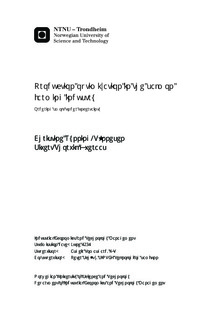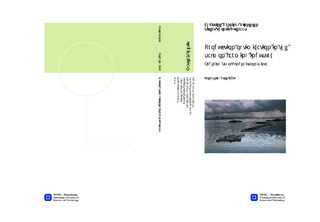| dc.description.abstract | In the last decade the salmon farming industry has expanded rapidly and gone towards consolidation, thus the complexity of planning has increased. Therefore, the need for better planning tools has arisen. In this master thesis a stochastic optimization model for ordering and deployment of smolt and harvesting of salmon is developed based on the work of Hæreid (2011), Langan and Toftøy (2011) and Overaas and Rynning-Tønnesen (2012). The most important improvements in this thesis are more realistic modelling of freshwater production, a more realistic decision process for ordering and deployment of smolt and time dependent aggregation of production sites. The basis for this thesis is the long term tactical planning problem of making smolt delivery and deployment plans and harvest salmon, in an environment where several parameters regarding production are uncertain. The most important sources of uncertainty in seawater production are growth, price and mortality. The model aim is to make profitable decisions while consider these risks. All relevant constraints regarding production capacities and governmental regulations are considered, and all input data reflect a real salmon producer. In order to ensure solvability with the available hardware, some simplifications of the model have been made, the most important being deterministic price and feed conversion rate. The model is implemented in three versions; a deterministic, a two-stage and a three-stage stochastic model. These models have been implemented for Marine Harvest Region Mid. Data are collected from public available information about Marine Harvest, and the user interface is MS Excel. The results improve marginally when stochastic programming is used, compared to deterministic. However, the plans made by the stochastic model are better. Using a deterministic model can result in a large amount of smolt being destroyed. This happens as the model will have ordered too many smolt for the scenarios where biomass development turns out to be higher than expected. The stochastic model avoids destruction of smolt, as it considers all possible scenarios. Stochastic programming therefore seems like a better tool for long term production planning in the salmon farming industry. Furthermore, this thesis shows that average harvest weight should be adjusted in correlation to seasonal temperature variations to increase profit. By lowering the lower bound for allowable harvest interval from 5.5-6.5 kg to 4.0-6.5 kg, the profit can increase by 450 million NOK in a five year period. Lastly, the model indicates that freshwater production is not as limiting for saltwater production as previous work suggests. | nb_NO |

